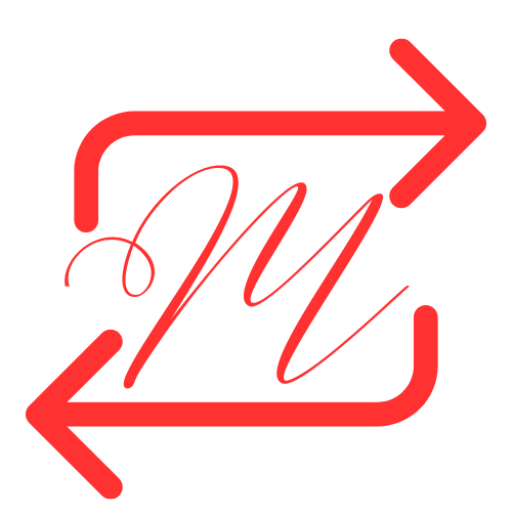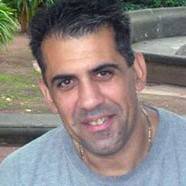Friedrich Wilhelm Bessel was a collaborator of arguably the greatest Mathematician of all time, namely J.C.F. Gauss (1777-1855), the so-called “Prince of Mathematics,” who has the greatest quote in Mathematics and one that I think encompasses the lofty position that Mathematics must hold and which I often quote verbatim during my lectures:
“Arithmetic is the Queen of Mathematics, and Mathematics is the Queen of the Sciences; she often condescends to render service to Astronomy and other natural sciences, but under all circumstances, the first place is her due” J.C.F. Gauss.
Tribute to Prince of Mathematics and Bessel
When Gauss mentions arithmetic here, he is referring to the study of primes, which is, of course, limitless, as demonstrated by the great Greek ”Giant” Euclid (300BC) and author of the immortal Elements. I say limitless because when there is an announcement that the largest prime has been determined, there are still infinitely more (that is the strangeness of Mathematical infinity), so one can keep searching forever, and we will continue to find them; their frequency becomes less dense as the size of the prime increases but there is still infinity of them yet to find. The Bessel functions named in his honor arising from the solution of his namesake differential equation were known to Daniel Bernoulli (1700-82), one of the 8 great Bernoulli men (who, by the way, did not get on due to their competitiveness as to who was the greatest).
Bernoulli’s Legacy
Daniel gave us his conservation of energy equation that allowed mankind to realize his/her dream that flight is possible with his immortal equation. Jakob Bernoulli (1655- 1705) first proved the “Law of large numbers,” on which all probability theory depends, so quite an august family. Returning to Bessel along with his equation, he generated the Bessel- Gauss beam for application to optical beams. In January 1810, Bessel was appointed director of the newly founded Konigsberg Observatory. Bessel was a skilled astronomical observer, and he is probably best remembered for being the first to determine a stellar parallax reliably.
Maths Giants and Legends
In 1842 Bessel met C. G.J. Jacobi (1804-51), who was the second most prolific Mathematician of all time (second to L. Euler (1707-83)). At UCL, I often teach the Gauss-Seidel and the Gauss-Jacobi methods, and when I do, I discuss these ”Giants,” which I believe my students enjoy. I then also go on to teach the Cayley-Hamilton theorem, taking the opportunity to talk about W. Hamilton (1805-65), mentioning that his amorous advances to William Wordsworth’s sister were curtailed after Wordsworth read one of his poems of amour advising him that he was not a poet and that he should devote his efforts to Mathematics. Of course, Hamilton’s incident on the Broom Bridge during his honeymoon concerning the multiplication of quaternions is legendary, but that is for another post.
Alas, again, I have run out of space.


